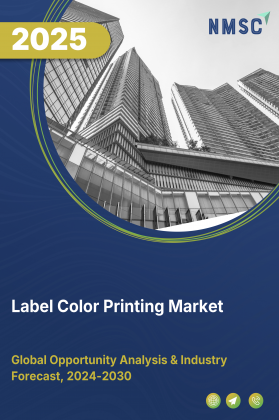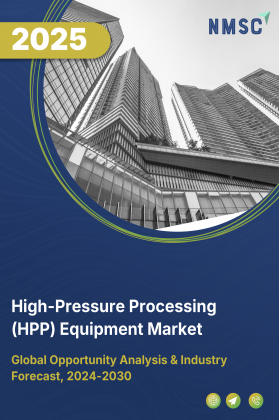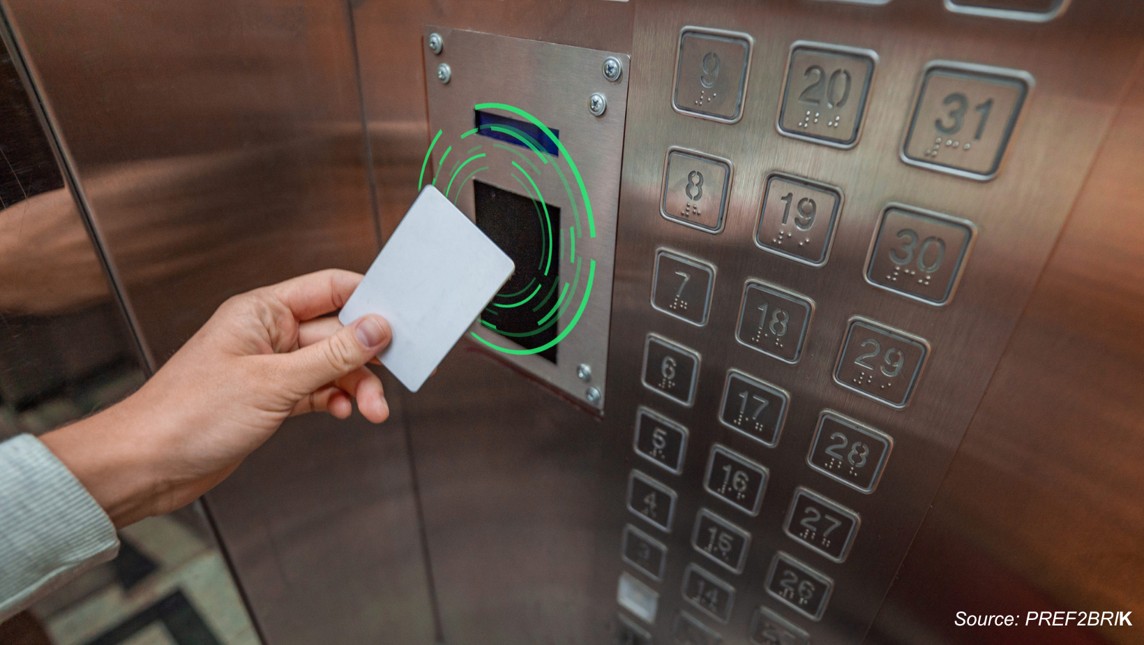
Japan Additive Manufacturing Market by Offering (Printers, Materials, Software, Services), by Technology (Fused Deposition Modelling (FDM), Stereolithography (SLA), Selective Laser Sintering (SLS), and Other), by Process (Powder Bed Fusion (PBF), Vat Photopolymerization, Binder Jetting, and others), by Application (Prototyping, Tooling, and Functional Part Manufacturing), by Vertical (Automotive, Aerospace & Defense, and Others) – Opportunity Analysis and Industry Forecast, 2024–2030.
Industry: Construction & Manufacturing | Publish Date: 14-Oct-2025 | No of Pages: 226 | No. of Tables: 182 | No. of Figures: 127 | Format: PDF | Report Code : CM663
Japan Additive Manufacturing Market Overview
Japan Additive Manufacturing Market size was valued at USD 994.7 million in 2023, and is predicted to reach USD 3602.4 million by 2030, at a CAGR of 18.6% from 2024 to 2030. In terms of volume, the market size was 39 thousand units in 2023, and is projected to reach 164 thousand units by 2030, with a CAGR of 20.5% from 2024 to 2030.
The additive manufacturing (AM) market, also referred to as additive layer manufacturing (ALM) or three-dimensional (3D) printing, represents a global industry dedicated to developing, manufacturing, and distributing technologies and materials used to fabricate three-dimensional objects layer by layer from digital models.
Serving a wide range of sectors including aerospace, automotive, healthcare, and consumer goods, this market offers advanced solutions for prototyping, production, and customized manufacturing.
AM is highly valued for its capacity to create intricate and personalized components while minimizing material waste, resulting in substantial cost savings and environmental benefits. A distinguishing characteristic of this market is its diverse array of printing technologies such as stereolithography (SLA), selective laser sintering (SLS), and fused deposition modeling (FDM), each tailored to meet specific industry requirements and applications. Additionally, AM's capability for rapid prototyping accelerates product development cycles, empowering businesses to innovate and bring products to market more quickly compared to traditional manufacturing methods.
Growing Automotive Lightweighting Initiatives Driving Industrial Demand For Additive Manufacturing
Japan’s leading automotive manufacturers—including Toyota, Honda, and Nissan—are intensifying efforts to reduce vehicle weight and improve fuel efficiency in response to stringent emissions regulations and EV adoption. Additive manufacturing (AM) is playing a vital role in these lightweighting strategies by enabling the design and production of complex, high-strength, and lightweight components that would be impossible to create through traditional manufacturing methods.
In 2024–2025, Tier 1 suppliers across Japan have begun integrating metal 3D printing systems for rapid tooling and part prototyping, particularly for electric drivetrain and battery cooling components. AM’s ability to facilitate design optimization and consolidate multiple parts into a single lightweight structure is transforming conventional automotive production workflows, further fueling its adoption in Japan’s mobility sector.
Government-Led Industrial Digitalization Initiatives Accelerate Additive Manufacturing Adoption
The Japanese government is actively advancing its "Digital Garden City Nation" initiative, aiming to modernize domestic manufacturing infrastructure through Industry 4.0 technologies. This digital transformation push includes substantial investments in smart factories, robotics, and additive manufacturing, particularly among SMEs.
In 2025, the Ministry of Economy, Trade and Industry (METI) expanded its subsidy programs to support the deployment of industrial-grade 3D printers, especially for manufacturers in regional prefectures. These public-sector efforts—combined with strong university-industry collaboration and localized R&D clusters—are rapidly improving AM technology access, skill development, and application innovation across Japan’s industrial landscape.
Limited Material Compatibility and Standardization Hamper Additive Manufacturing Scalability
Despite technological advancements, the lack of standardized materials and limited compatibility between printer models and third-party materials continues to constrain additive manufacturing scalability in Japan. Many industrial users face challenges in sourcing certified, high-performance materials—particularly for aerospace and medical applications, where safety and consistency are critical.
The absence of uniform quality benchmarks across AM materials also complicates supply chain integration and quality assurance processes. This results in longer validation cycles and increased cost burdens for end-users seeking to scale AM operations, especially in highly regulated industries. Without greater material standardization and interoperability, widespread adoption of AM across Japan’s manufacturing sector may remain hindered.
Rise of Hybrid Manufacturing Systems Presents New Growth Avenues for Japan’s AM Market
The emergence of hybrid manufacturing systems—combining additive and subtractive processes in a single machine—is opening new growth opportunities for the Japan AM market. These systems are particularly appealing to precision engineering and aerospace firms that require high dimensional accuracy, surface finish, and material strength in critical components.
Japanese machine tool manufacturers, such as DMG Mori and Mazak, are leading the development of hybrid systems that integrate laser metal deposition with CNC machining. In 2025, these hybrid platforms are gaining traction among advanced manufacturing firms seeking to streamline workflows, reduce part handling, and expand their in-house production capabilities. The growing adoption of such hybrid solutions is expected to reshape Japan’s industrial manufacturing ecosystem and boost AM’s long-term commercial viability.
Competitive Landscape
The key prominent players operating in Japan additive manufacturing industry include Ricoh Company, Ltd., Protolabs Japan, Matsuura Machinery Corporation, Mimaki Engineering Co., Ltd, SOLIZE Corporation, DMG Mori Co., Ltd., Nikon Corporation, Mutoh Industries Ltd., SK Fine Co., Ltd, 3D Printing Corporation, ABIST Co., Ltd., BONSAI LAB Inc., Kabuku Inc., Shibuya KogyCo., Ltd., Aspect Inc., and others.
Japan Additive Manufacturing Market Key Segments
By Offering
-
Printers
-
Desktop printers
-
Industrial printers
-
-
Materials
-
Plastics
-
Thermoplastics
-
Photopolymers
-
-
Metals
-
Steel
-
Aluminum
-
Titanium
-
Nickel
-
Other metals
-
-
Ceramics
-
Other materials
-
Wax
-
Laywood
-
Paper
-
Biocompatible materials
-
-
-
Software
-
Design
-
Inspection
-
Printing
-
Scanning
-
-
Services
By Technology
-
Fused Deposition Modelling (FDM)
-
Stereolithography (sla)
-
Selective Laser Sintering (SLS)
-
Polyjet Printing/Multijet Printing (MJP)
-
Electron Beam Melting (EBM)
-
Digital Light Processing (DLP)
-
Direct Metal Laser Sintering (DMLS)
-
Other Technologies
By Process
-
Powder Bed Fusion (PBF)
-
Vat Photopolymerization
-
Binder Jetting
-
Material Extrusion
-
Material Jetting
-
Other Processes
By Application
-
Prototyping
-
Tooling
-
Functional part manufacturing
By Vertical
-
Automotive
-
Aerospace & defense
-
Healthcare
-
Architecture & construction
-
Consumer goods
-
Education
-
Industrial
-
Energy
-
Printed electronics
-
Jewelry
-
Food & culinary
-
Other verticals
Key Players
-
Ricoh Company, Ltd.
-
Protolabs Japan
-
Matsuura Machinery Corporation
-
Mimaki Engineering Co., Ltd
-
SOLIZE Corporation
-
DMG Mori Co., Ltd.
-
Nikon Corporation
-
Mutoh Industries Ltd.
-
SK Fine Co., Ltd
-
3D Printing Corporation
-
ABIST Co., Ltd.
-
BONSAI LAB Inc.
-
Kabuku Inc.
-
Shibuya KogyCo., Ltd.
-
Aspect Inc.
Report Scope And Segmentation
|
Parameters |
Details |
|
Market Size Value in 2023 |
USD 994.7 million |
|
Revenue Forecast in 2030 |
USD 3602.4 million |
|
Growth Rate |
CAGR 18.6% from 2024 to 2030 |
|
Market Volume in 2023 |
39 thousand units |
|
Market Forecast in 2030 |
164 thousand units |
|
Volume Growth Rate |
CAGR of 20.5% from 2024 to 2030 |
|
Analysis Period |
2023–2030 |
|
Base Year Considered |
2023 |
|
Forecast Period |
2024–2030 |
|
Market Size Estimation |
Million (USD) |
|
Growth Factors |
|
|
Companies Profiled |
15 |
|
Market Share |
Available for 10 companies |
|
Customization Scope |
Free customization (equivalent up to 80 working hours of analysts) after purchase. Addition or alteration to country, regional, and segment scope. |
|
Pricing and Purchase Options |
Avail customized purchase options to meet your exact research needs. |

















 Speak to Our Analyst
Speak to Our Analyst
























